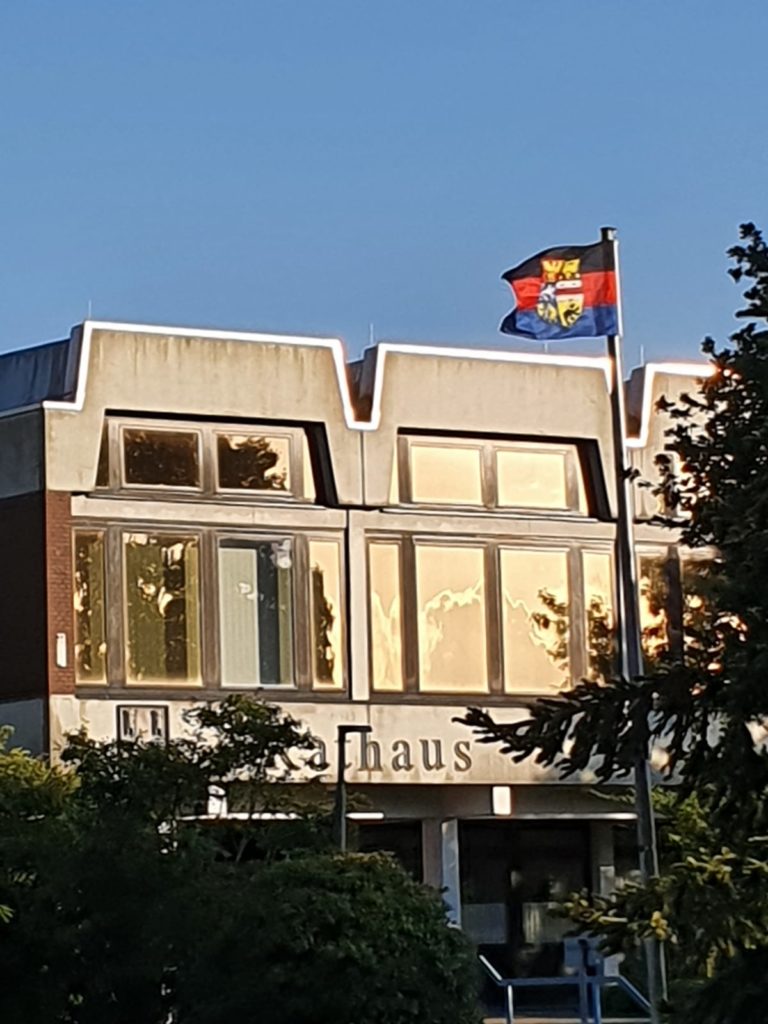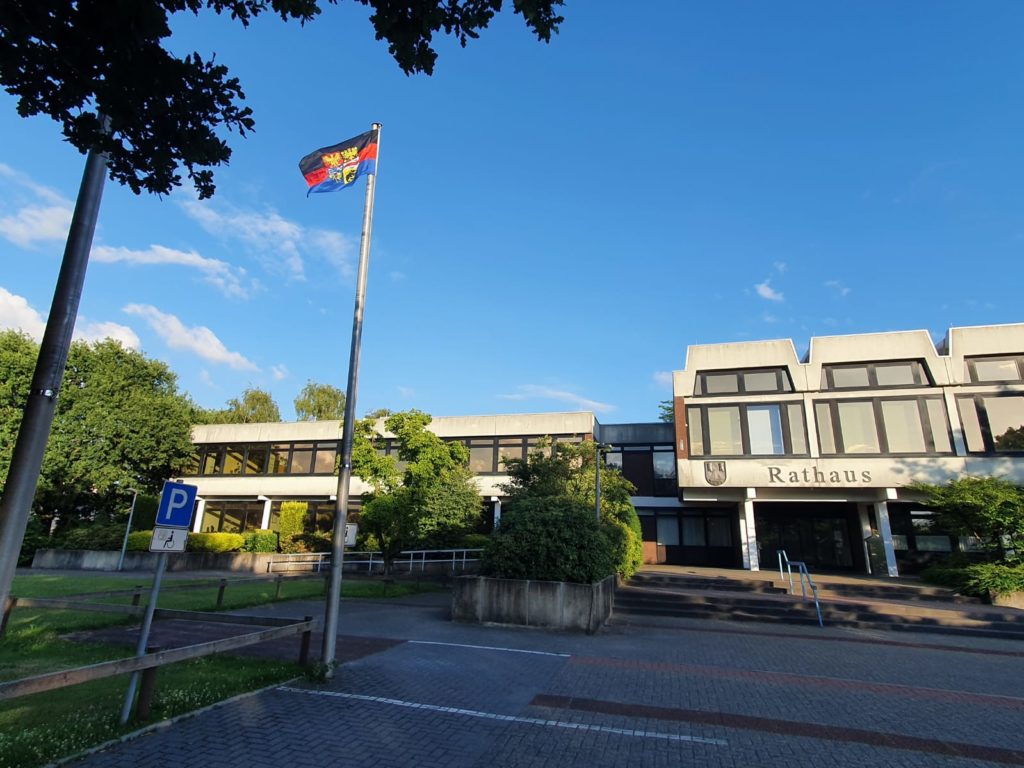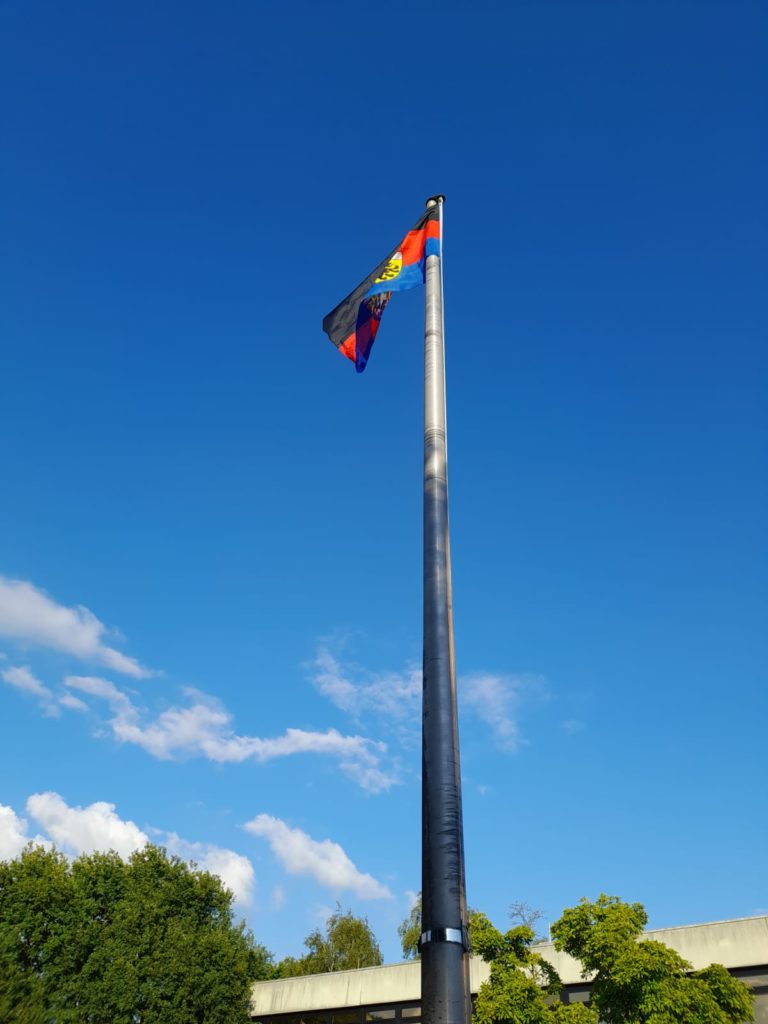Are Moormerland politicians learning from this mistake?
The East Frisia flag, who doesn’t know it? The flag, with or without a coat of arms, can be seen in countless gardens. The East Frisian landscape even has a version with its landscape coat of arms, in the center of which the Upstalsboom is depicted. The history of the count’s coat of arms and the landscape coat of arms goes back to the 17th century. The colors black, red and blue come from the 19th century. The East Frisian flag now belongs to East Frisia like Boßeln, the North Sea and the East Frisian language.
In 1957, the East Frisian tricolor black-red-blue was confirmed by the state government (NLA AU Dep. 1 N No. 3476), so that since then authorities have also been able to fly the East Frisian flag on official occasions. The East Frisian flag is therefore not a club flag, but an official flag.
In 1998 the federal government ratified the Framework Convention for the Protection of National Minorities. Since then, the Frisians, Danes, Sorbs and Sinti/Roma have been recognized as national minorities by the federal government. We have no information that Article 5 of the Framework Convention has been taken into account by the Moormerland Cultural Committee. The question should be asked in this regard to what extent the politicians were informed about this. As citizens, we can expect and demand that they know the laws?
Rahmenübereinkommen, Art. 5, Abs. 1: Die Vertragsparteien verpflichten sich, die Bedingungen zu fördern, die es Angehörigen nationaler Minderheiten ermöglichen, ihre Kultur zu pflegen und weiterzuentwickeln und die wesentlichen Bestandteile ihrer Identität, nämlich ihre Religion, ihre Sprache, ihre Traditionen und ihr kulturelles Erbe, zu bewahren.
(Framework Convention, Article 5, Paragraph 1: The Contracting Parties undertake to promote the conditions that enable members of national minorities to maintain and develop their culture and to preserve the essential components of their identity, namely their religion, their language, their traditions and to preserve their cultural heritage.)



Based on its history, official recognition and actual use, the flag can undoubtedly be classified as part of East Frisian identity. To correct this mistake, we hung an East Frisian flag in front of the Moormerland town hall. We can only hope that these benevolent politicians will be encouraged to reflect and learn from this mistake. And the flag? The community can keep this for the next opportunity.

